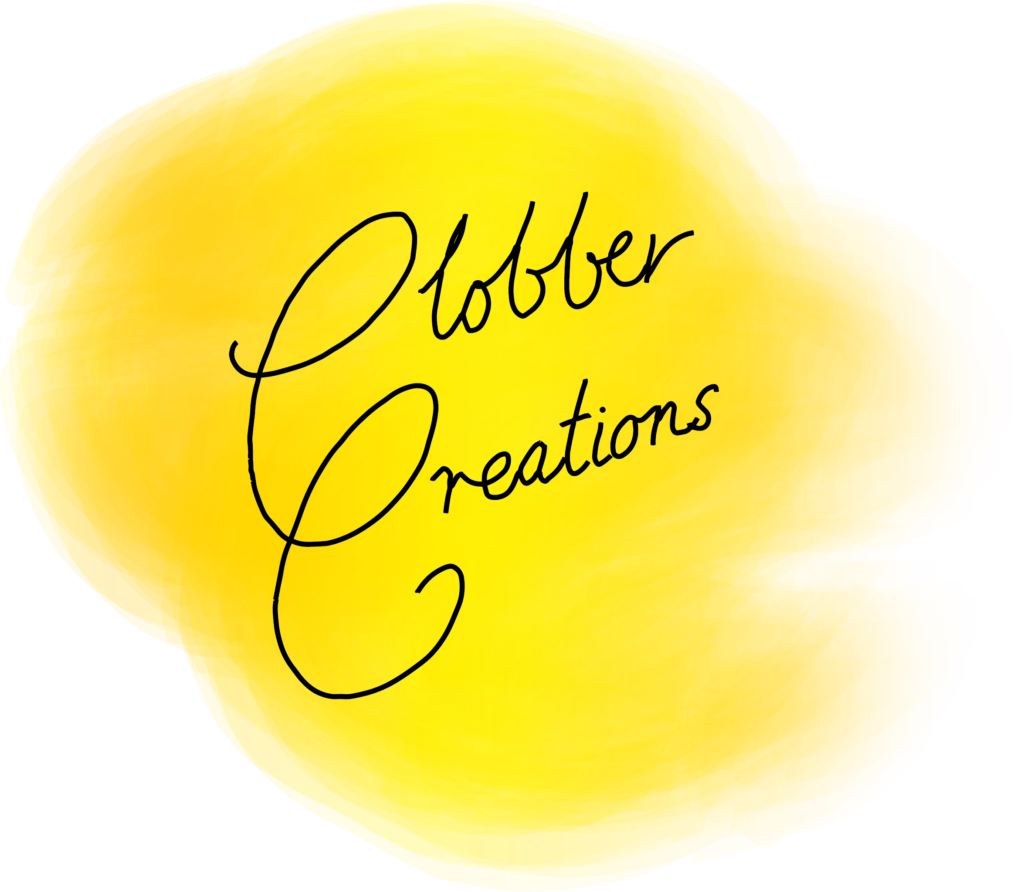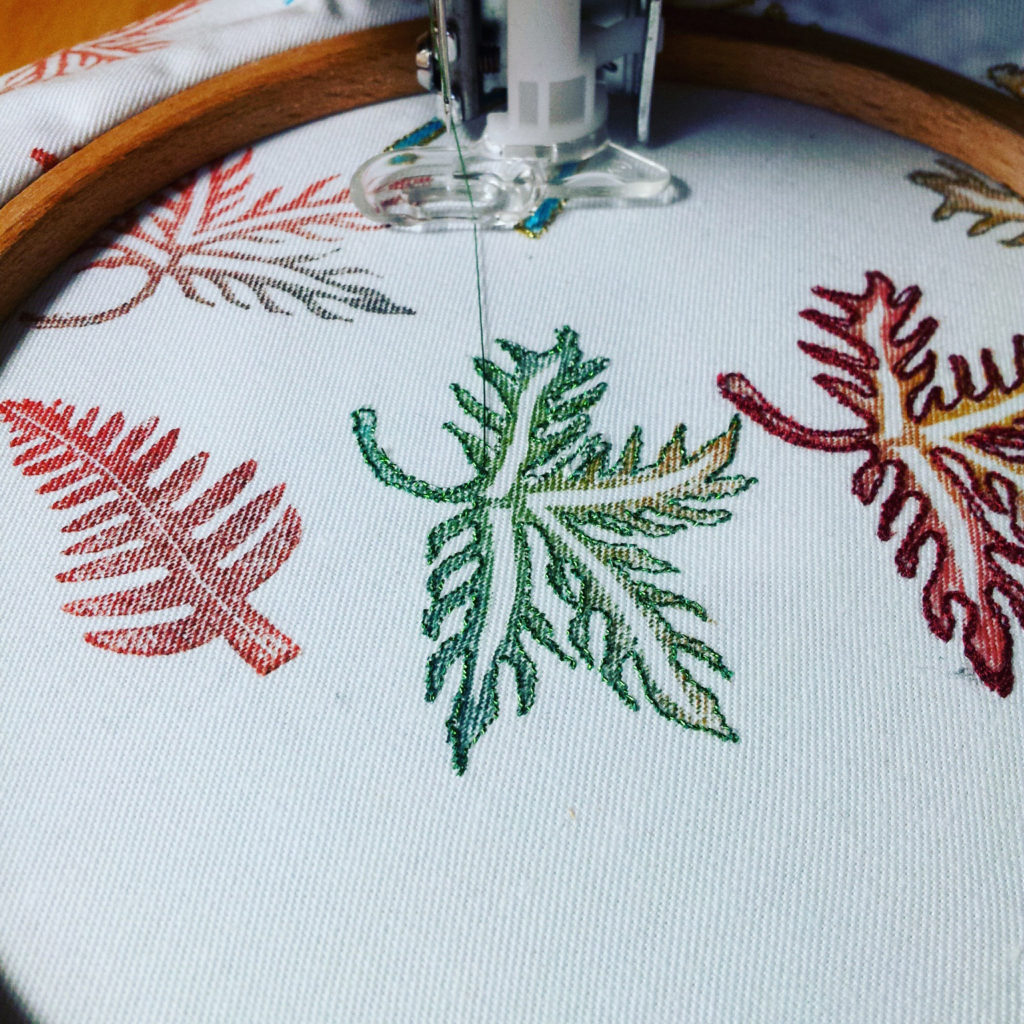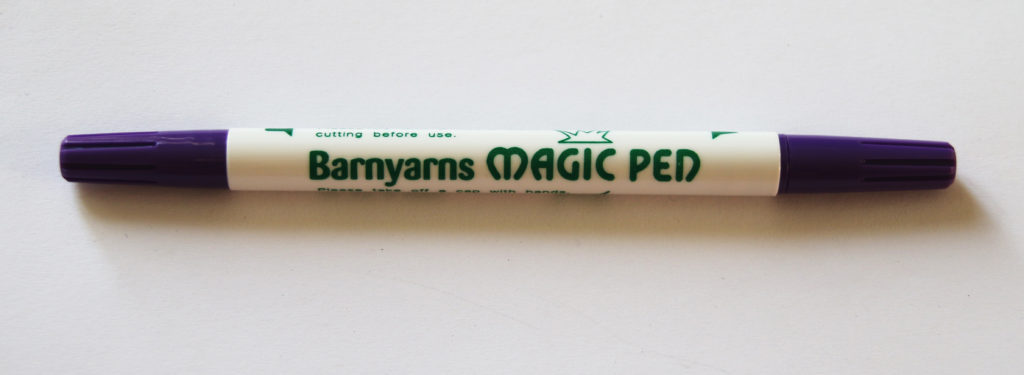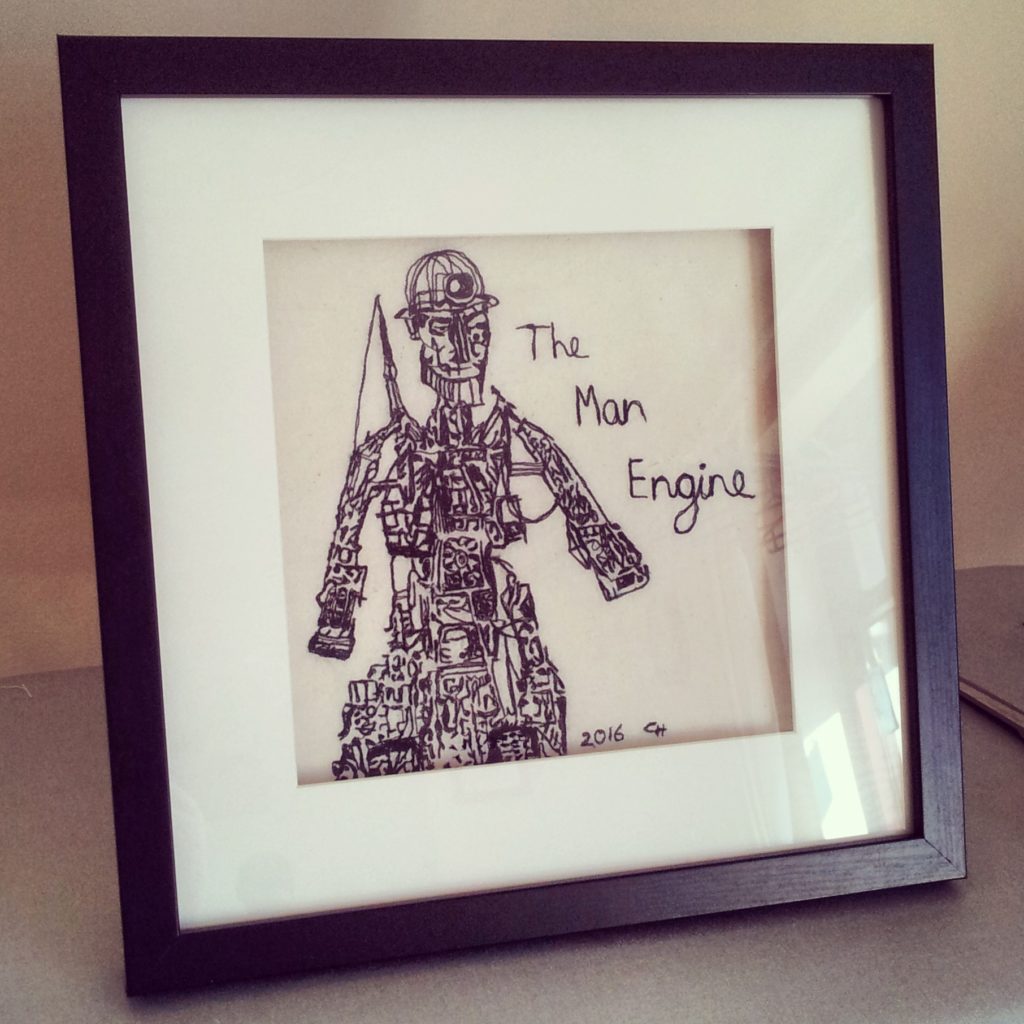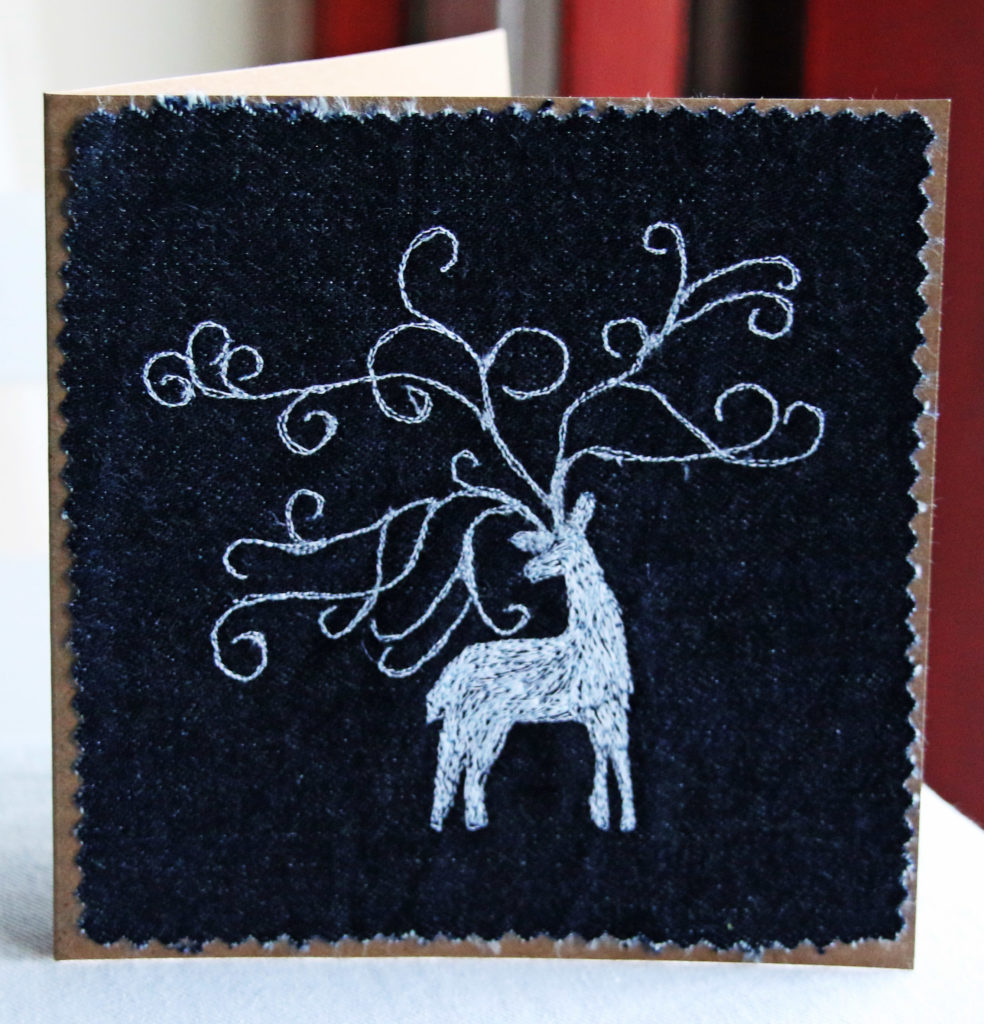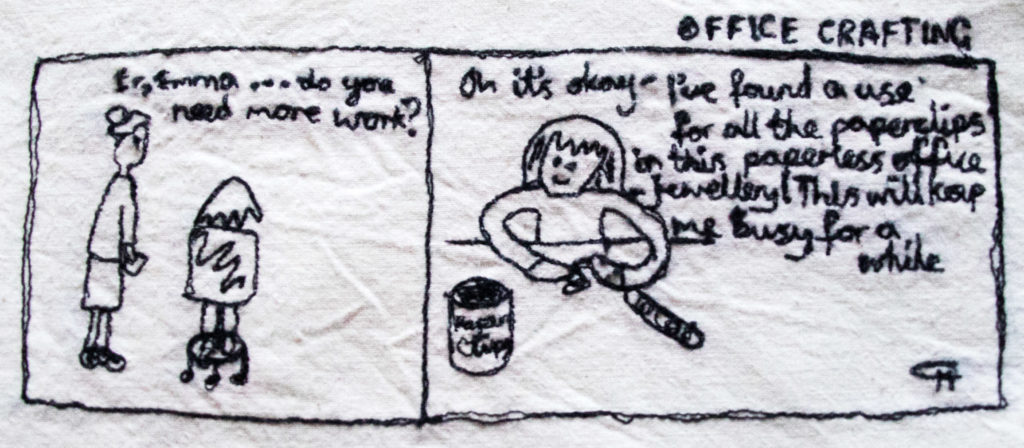100 Day Project
One of my achievements in 2020 was completing the 100 day project. The 100 Day Project is a challenge I had my eye on for a few years, but while the UK was in lockdown, it seemed the best opportunity I would get to complete it, particularly when I intended to use the sewing machine. As the project pans over 3.5 months, it tends to be best to pick a challenge which you can achieve no matter your travel plans. Naturally, lockdown removed this potential issue! While I don't travel on holiday much, I do normally visit relatives, and they all live a decent distance away. I don't usually pack a sewing machine unless an intentional sewing weekend has been planned! Free machine embroidery is something I learned at my local adult education centre here in Cornwall. I was drawn to stitching animals during this introduction. Nevertheless, I had never concentrated too much on this theme beyond the odd birthday card. What I learned from The 100 Day Project Despite being really challenging, it was worth learning the following: If you show up every day and spend 30 minutes on a project, it builds up into something substantial If you repeat something regularly, you become more confident and knowledgeable in what you are doing (e.g. for me in this challenge - have I added enough detail on the animal? By the end, I queried this a lot less) Just start. Some days, I dragged my heels and other days I woke up and got on with it. The animal was still completed but I saved much more time when I got on with it. Some days you won't want to show up. There were days when I wondered why I was adding this project to my list at a particularly challenging time. However, this feeling did not last long, and it was the best year to complete the challenge. Make time to do what you enjoy. Since the project, I took a break from free machine embroidery and sewing in general. However, I see how valuable taking the time to craft is in my day and how it boosts other areas of my life such as work and family. It is important to have different areas of your life to focus on so that when things are challenging or not working out in one remit, you have the others the bolster you. Planning and Preparation I knew that one of the potential pitfalls of the challenge was getting caught up in which animal to create each day, and making sure I did not repeat them. Therefore, I did some research in advance, selected 100 animals and wrote them down on scrap pieces of paper, folded them up and popped them in a box. I had wanted to research all the animals in advance as well to save time on the day, but I ran out of time, and in a way, doing the research bit by bit helped to make…
